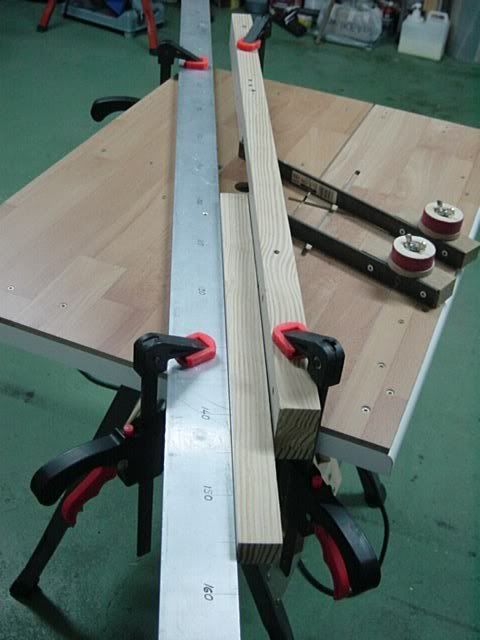Chris_belgium
Established Member
- Joined
- 7 May 2006
- Messages
- 272
- Reaction score
- 0
I need to 'plane' some small pieces of wood 50 mm square 500mm long. I don't have a planer, but do have a router table and a 55mm long cutter.
Is it safe to feed the wood from the other side, inbetween the fence and the cutter? I know if one would feed a piece inbetween the fence and the cutter the normal way it would go flying, but if it's fed in from the other side it should be ok?
My gut feeling says it should be ok, but that feeling has been wrong many times before.

Is it safe to feed the wood from the other side, inbetween the fence and the cutter? I know if one would feed a piece inbetween the fence and the cutter the normal way it would go flying, but if it's fed in from the other side it should be ok?
My gut feeling says it should be ok, but that feeling has been wrong many times before.







































